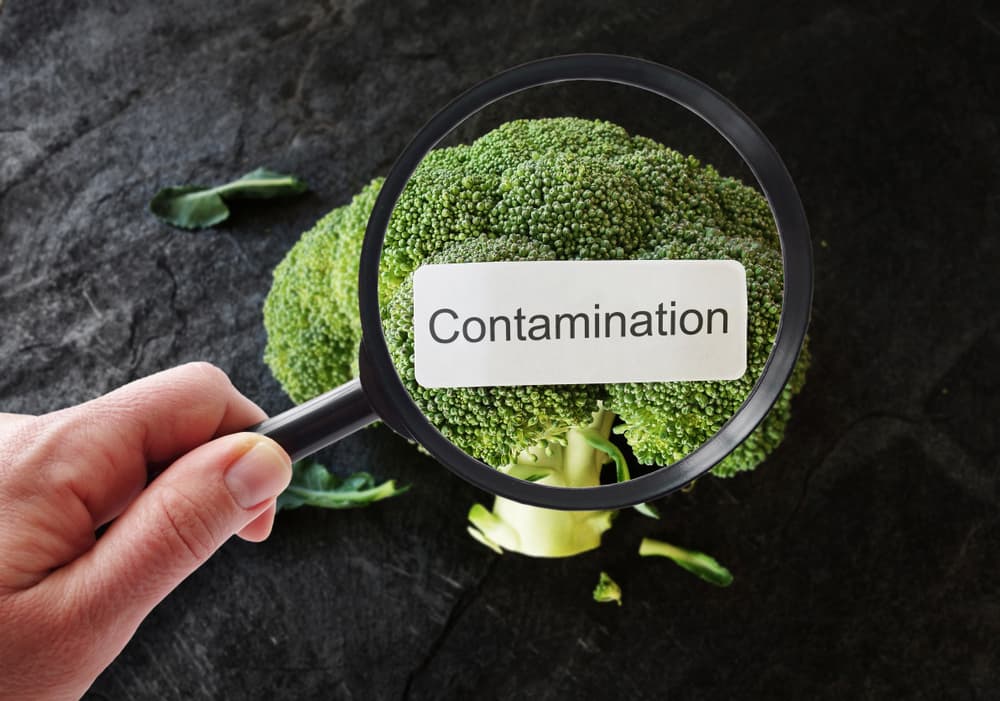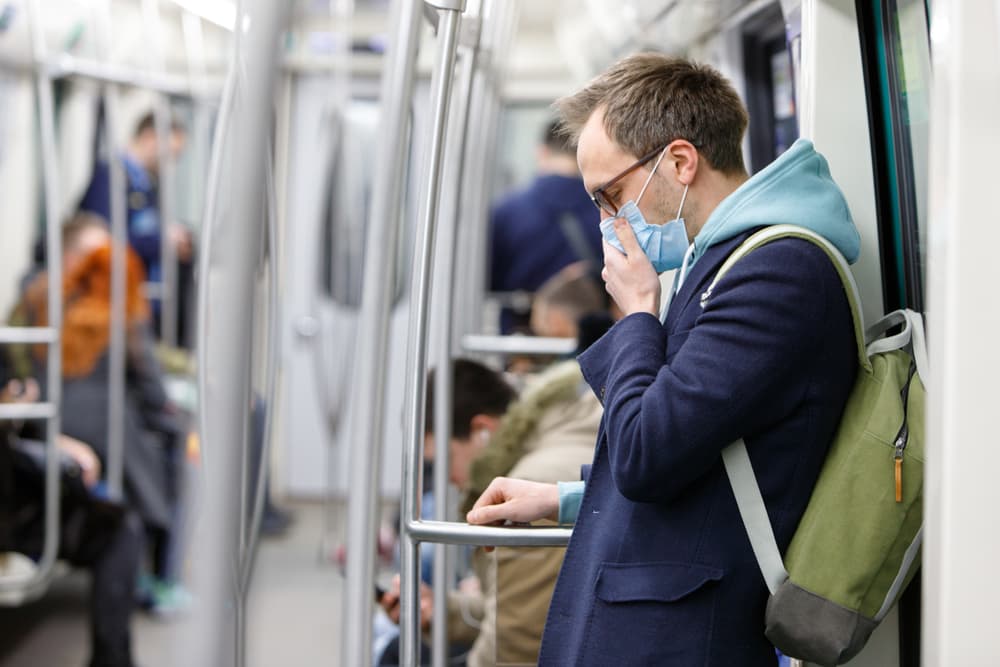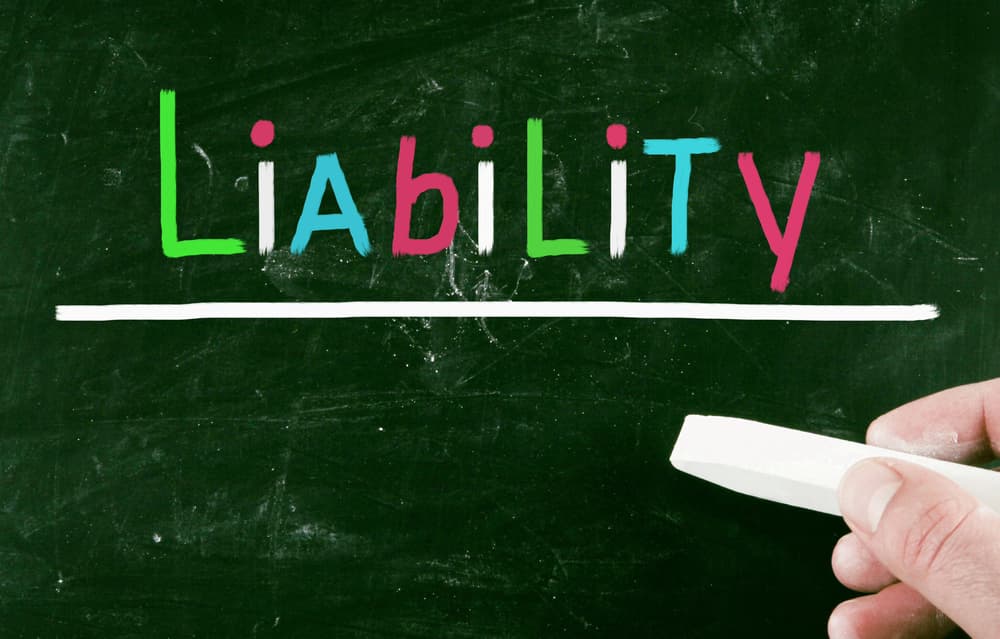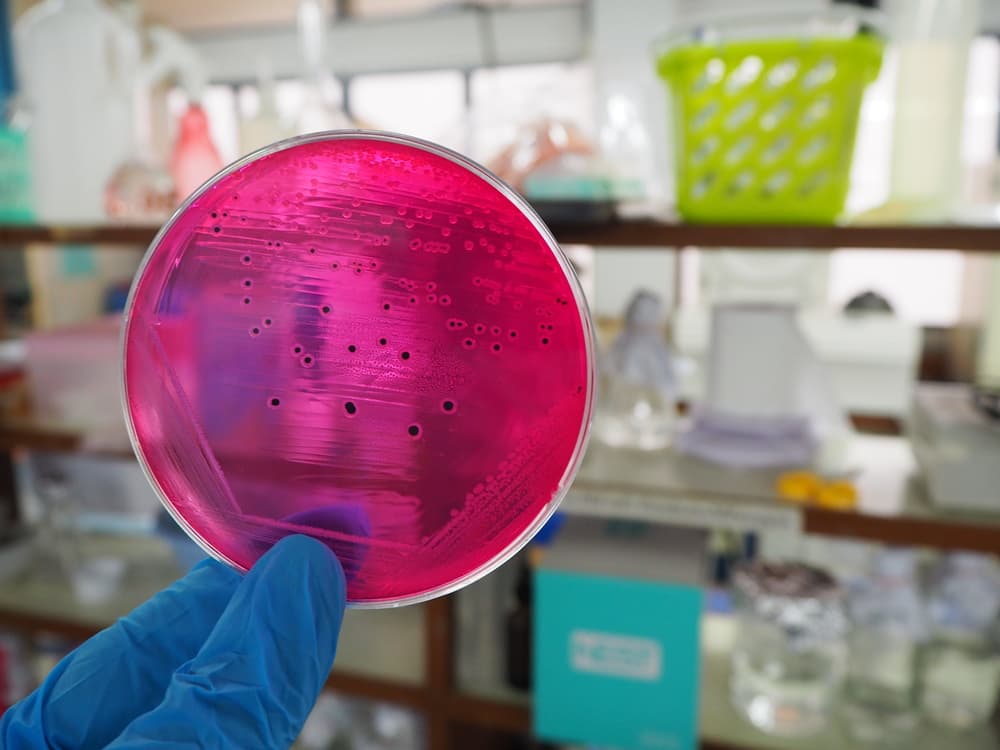Food poisoning can result in serious illness, and some people require extensive medical intervention. Salmonella, a bacterium that often affects the intestinal tract, is one of the biggest culprits of food poisoning.
If you suffered a serious illness due to a Salmonella outbreak, you likely have many questions, including who will cover your medical bills. Speak with a food poisoning attorney near you as soon as possible about your options.
How Outbreaks Happen
Salmonella outbreaks can potentially cause widespread illness and pose significant public health concerns. A lawyer who understands how these outbreaks occur can seek legal recourse if you become ill.
Here are only some factors that contribute to Salmonella outbreaks.
Contaminated Food

The most common cause of Salmonella outbreaks is consuming contaminated food. Raw or undercooked eggs, poultry, meat, and unpasteurized dairy products are frequent culprits.
Cross-contamination during the processing of these foods is a significant risk factor. Contaminated surfaces, equipment, or hands can introduce Salmonella, leading to widespread contamination.
Contaminated Fresh Produce
Fresh fruits and vegetables, including leafy greens, tomatoes, and melons, have been implicated in Salmonella outbreaks. Contamination can occur at any stage, from farming and harvesting to processing and distribution.
Irrigation with contaminated water or exposure to contaminated soil can introduce Salmonella to crops. Poor hygiene practices during harvesting and processing amplify the risk.
Animal Contact and Petting Zoos
Animals, particularly reptiles, poultry, and amphibians, can carry Salmonella. Direct contact with these animals or their environment can lead to zoonotic transmission.
Settings like petting zoos and fairs, where people have close contact with animals, create opportunities for transmission. Children, in particular, are at risk due to their tendency to touch animals and put their hands in their mouths.
Contaminated Water
Contaminated water sources can lead to waterborne Salmonella outbreaks. This can happen through consuming contaminated drinking water or recreational water activities in contaminated lakes or swimming pools.
Inadequate water treatment processes or contamination of water supplies with sewage or animal waste contribute to the persistence of Salmonella.
Person-to-Person Transmission

Person-to-person transmission occurs through the fecal-oral route, often due to poor hygiene practices. Lack of handwashing after using the bathroom or handling contaminated items contributes to the spread.
Close quarters, such as households, daycare centers, and healthcare institutions, allow person-to-person transmission, especially when infected individuals handle food.
Contaminated Shellfish
Certain shellfish, such as oysters, can filter and concentrate bacteria like Salmonella from contaminated water.
Consuming raw or undercooked shellfish poses a risk of infection. Adequate cooking is crucial to eliminate Salmonella and other pathogens.
Imported Foods
The globalization of the food supply chain introduces challenges in ensuring the safety of imported foods.
Imported foods, including spices, herbs, and other ingredients, may carry Salmonella due to variations in agricultural and processing practices in different countries.
Environmental Reservoirs
Salmonella can survive in various environments, contributing to its persistence.
Contaminated surfaces, equipment, and facilities in food processing plants create reservoirs for the bacteria. Inadequate sanitation practices in food processing and handling facilities can result in the cross-contamination of products.
Salmonella outbreaks arise from a complex web of factors involving contaminated food, water, animals, and environmental reservoirs.
Many parties must take steps to ensure proper food handling, sanitation, water safety, and more. When they fail to do so, people can become very ill and incur extensive losses. For some, Salmonella exposure can be fatal.
How Common Are Outbreaks in the U.S.?
Salmonella outbreaks in the United States are a significant public health concern, affecting thousands of individuals each year. The Centers for Disease Control and Prevention (CDC) and the Food and Drug Administration (FDA) closely monitor and report on these outbreaks.
Here are key facts regarding Salmonella outbreaks in the U.S.:
- The CDC estimates that Salmonella causes approximately 1.35 million infections, 26,500 hospitalizations, and 420 deaths annually in the United States.
- The true incidence of Salmonella infections is likely higher than reported, as many cases go undiagnosed or unreported. Not all individuals with Salmonella-related symptoms seek medical attention, contributing to underreporting.
- Certain populations are at a higher risk of severe outcomes from Salmonella infections. This includes infants, the elderly, individuals with weakened immune systems, and pregnant women.
- Salmonella outbreaks occur throughout the United States, with variations in the prevalence of specific serotypes in different regions.
The geographical distribution underscores the need for nationwide surveillance and coordinated public health responses.
- Salmonella outbreaks are frequently multistate events, impacting individuals across multiple states. This complexity necessitates collaboration among public health agencies to identify sources and implement control measures.
- While Salmonella infections can occur year-round, there are seasonal patterns. Warmer months, when people engage in outdoor activities and consume more fresh produce, tend to see an uptick in cases.
Through agencies like the CDC and FDA, the U.S. government implements prevention strategies to reduce Salmonella outbreaks. These efforts include regulatory measures, food safety education, and surveillance enhancements. However, these measures are not enough to prevent serious illness from Salmonella.
When companies are negligent, leading to Salmonella poisoning, you should consult an injury attorney as soon as possible. They can evaluate whether you can hold another party liable for your illness and losses.
Injuries and Treatment for Salmonella
Salmonella outbreaks can lead to various injuries and illnesses, varying from mild gastroenteritis to severe cases requiring lengthy hospitalization.
The need for medical treatment depends on the severity of the infection and the victim's overall health.
- Gastroenteritis – The most common manifestation of a Salmonella infection is gastroenteritis, characterized by symptoms such as diarrhea, abdominal cramps, nausea, and vomiting. Mild cases might resolve on their own, but dehydration is a concern. Treatment involves rehydration with oral rehydration solutions or, in severe cases, intravenous fluids.
- Severe gastrointestinal infections - In some cases, Salmonella infections can lead to more severe gastrointestinal symptoms, including prolonged diarrhea, high fever, and bloody stools. Hospitalization may need to provide intravenous fluids, antibiotic therapy, and close monitoring of electrolyte imbalances. Severe cases may result in complications such as septicemia.
- Septicemia - Salmonella septicemia occurs when the bacteria enter the bloodstream, leading to symptoms such as high fever, rapid heart rate, and altered mental status. Immediate hospitalization can provide intravenous antibiotics and supportive care. Septicemia is a serious condition that can lead to organ failure and requires prompt medical attention.
- Reactive Arthritis - Some individuals may develop reactive arthritis following a Salmonella infection, characterized by joint pain, swelling, and inflammation. Treatment involves managing symptoms with nonsteroidal anti-inflammatory drugs (NSAIDs) and, in severe cases, corticosteroids. Physical therapy may be necessary to improve joint function.
- Endocarditis - Salmonella can cause endocarditis, an infection of the heart's inner lining or valves, resulting in symptoms such as fever, fatigue, and shortness of breath. Endocarditis requires aggressive treatment with intravenous antibiotics, often administered in a hospital setting. Surgical intervention may be necessary in severe cases.
Diagnosing a Salmonella infection involves health department testing of stool samples. Blood cultures may occur in cases of suspected septicemia.
Once diagnosed, doctors base appropriate medical treatment, including antibiotics and supportive care, on the severity of the infection. High-risk groups may require more intensive medical care, including hospitalization, due to their susceptibility to complications.
Preventing complications involves early detection and prompt treatment of Salmonella infections. Adequate hydration, especially in cases of gastroenteritis, is crucial to prevent dehydration.
Early initiation of appropriate antibiotics can prevent the progression of the infection to more severe forms. However, many people do not realize they need immediate treatment, so complications and worsening of symptoms are common.
While many individuals recover fully from Salmonella infections, often with costly medical care, some may experience long-term effects, such as joint pain or gastrointestinal issues.
Follow-up medical care may be necessary for individuals experiencing lingering symptoms or complications to manage and address these issues effectively.
After a Salmonella outbreak, seek prompt medical attention, especially if you have severe symptoms or are in a high-risk group. Getting prompt medical attention can improve your prognosis and document the extent of your illness for a possible legal claim.
Do You Have Legal Rights After a Salmonella Outbreak?
Experiencing a Salmonella outbreak can have severe consequences, leading to physical and emotional distress and potential legal implications. If you were affected by a Salmonella outbreak and experienced losses, you may have legal rights that entitle you to compensation for medical expenses, lost income, and other damages.
Product Liability
Individuals may have a legal basis for a product liability claim if the Salmonella outbreak stemmed from a specific contaminated food product or brand. This claim alleges the product was defective or contaminated, leading to illness.
Food manufacturers have a legal responsibility to ensure the safety of their products. If negligence or inadequate quality control measures contributed to the contamination, affected individuals may have grounds for a lawsuit.
The Challenge of Establishing Liability

To hold another party, like a restaurant or food production company, accountable for your losses from Salmonella, you must sufficiently prove they were liable for your illness. This presents challenges, given the different foods people might eat in a day from different sources. You need an experienced attorney to tackle this aspect of your claim.
To establish liability, your attorney must gather evidence linking the Salmonella outbreak to a specific source or party. This may involve medical records, food purchase receipts, and documentation of the contaminated product or food service provider.
In some cases, expert witnesses may be necessary to testify on matters such as food safety standards, contamination sources, or the link between the outbreak and the liable party's actions.
Compensation for Damages
Legal action aims to obtain compensation for your injuries and losses. While money cannot take away the suffering you experienced due to Salmonella, it can cover the financial losses and provide support as you move forward.
Some losses you might seek compensation for include:
- Medical expenses: Individuals who fall ill due to a Salmonella outbreak may be entitled to compensation for medical expenses, including hospitalization, medication, and doctor's visits.
- Lost income: If the illness results in missed work days or the inability to work due to medical treatment, affected individuals may seek compensation for lost income.
- Pain and suffering: Compensation may also cover pain and suffering endured due to the Salmonella infection. This includes physical discomfort, emotional distress, and a diminished quality of life.
Your attorney can identify all the losses your compensation should cover and how much you deserve.
Keep the Statute of Limitations in Mind
Any injured person must stay aware of the statute of limitations, which sets the time frame to initiate legal action. Missing these deadlines may bar individuals from pursuing a claim.
Statutes of limitations can vary by jurisdiction and the nature of the claim. Seeking legal advice promptly is essential to ensure compliance with filing deadlines.
Further, evidence of liability can disappear quickly following an outbreak, so you want an attorney to begin investigating what happened as soon as possible.
Always Consult an Injury Attorney Regarding Your Serious Salmonella Infection

Anyone who needed medical treatment for Salmonella might have a potential claim. If you are considering legal action after a Salmonella outbreak, consult an experienced personal injury attorney immediately. They can assess the specifics of the case, advise on the viability of a claim, and guide you through the legal process.
Most personal injury attorneys work on a contingency fee basis, meaning they only receive payment if the case is successful. This arrangement often allows individuals to pursue legal action without upfront costs.
